Astrobiology Magazine
-
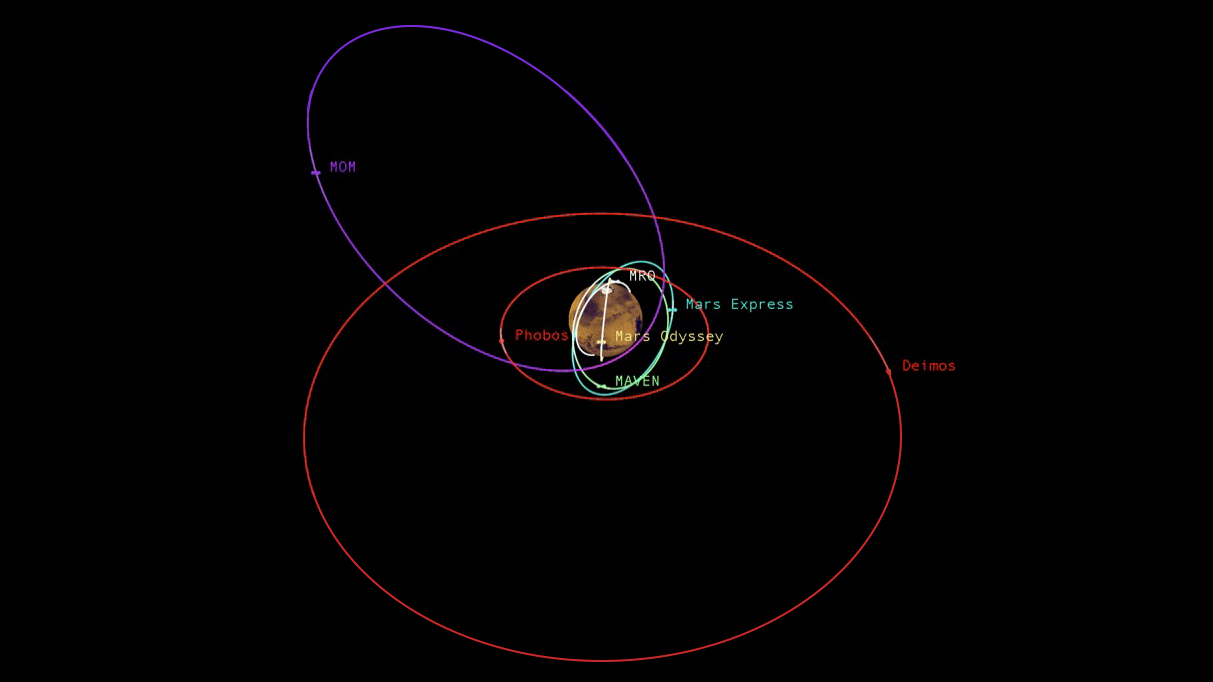
Traffic Around Mars Gets Busy
NASA has beefed up a process of traffic monitoring, communication and maneuver planning to ensure that Mars orbiters do not approach each other too closely.
-
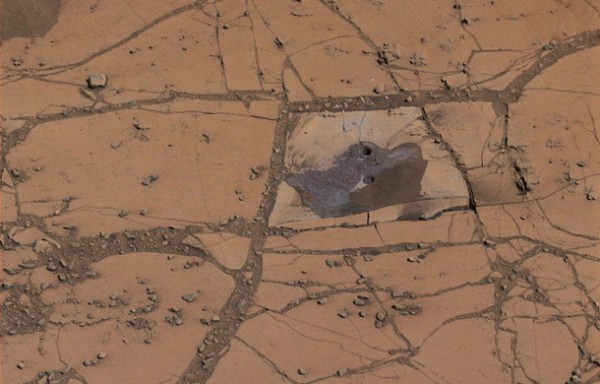
Iron-Rich Rocks Could Hold Signs of Life
A robotic mission’s search for life on Mars may seem worlds away from human scientists wandering around hot springs in Yellowstone National Park. But a study of the Yellowstone hot […]
-
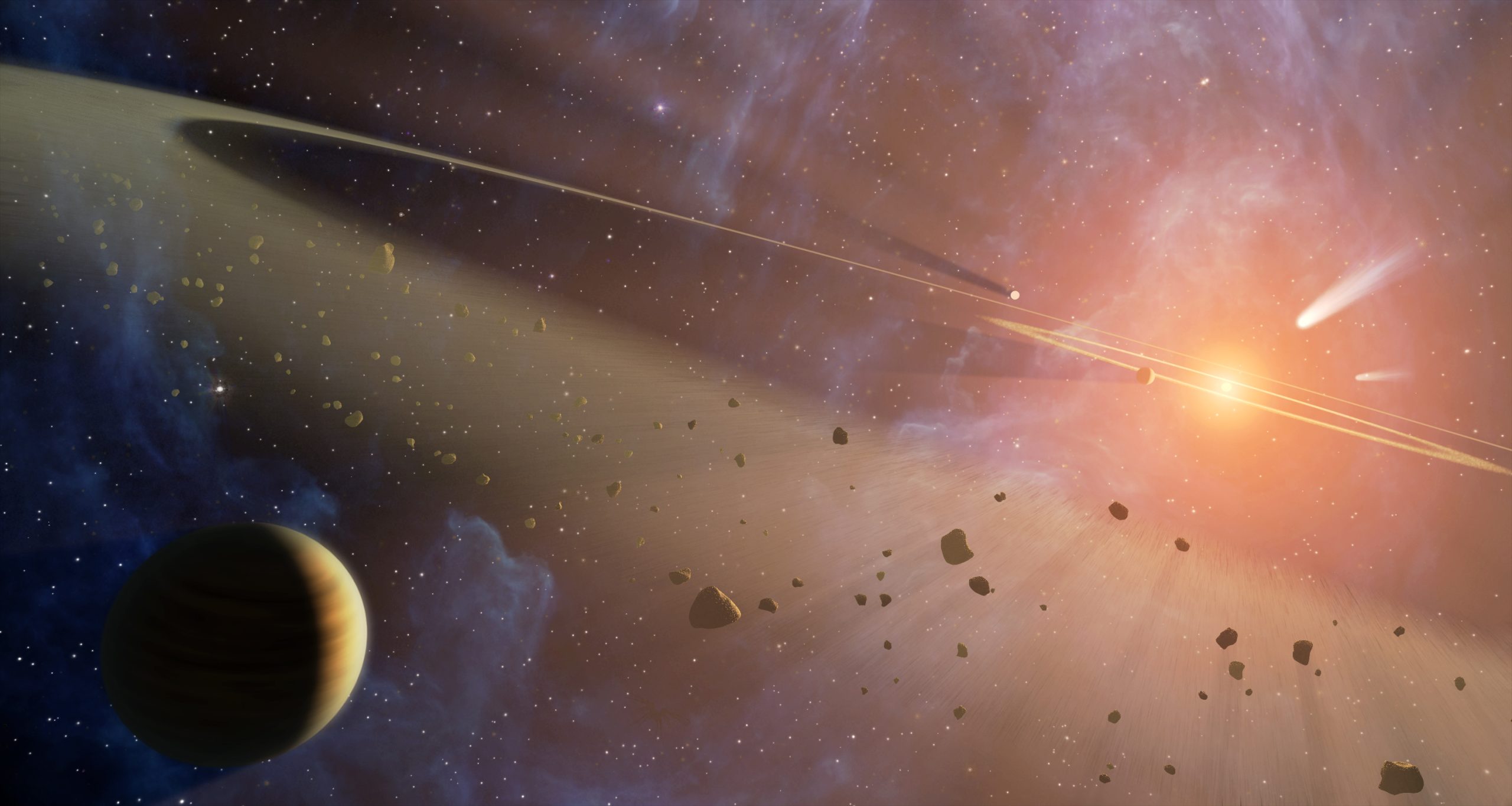
Life’s Building Blocks Recreated Under Space-Like Conditions
Researchers have reproduced a wide array of building blocks for life in a prebiotic scenario involving meteorites and the solar wind. They began with formamide, a simple organic compound that’s […]
-
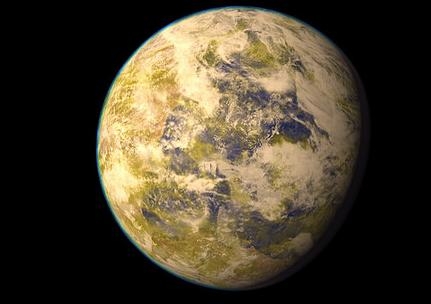
“Venus Zone” Narrows Search for Habitable Planets
In order to weed out Venus-like planets from those that would be more habitable, several scientists, including planetary scientist Stephen Kane of San Francisco State University, proposed the establishment of […]
-

Viruses Help Microbial Hosts Cope with Life at the Extremes
A new study reveals that viruses lend a surprisingly helpful hand to microbes eking out a living near deep-sea hydrothermal vents. When they infect the vent’s resident bacteria and archaea, […]
-
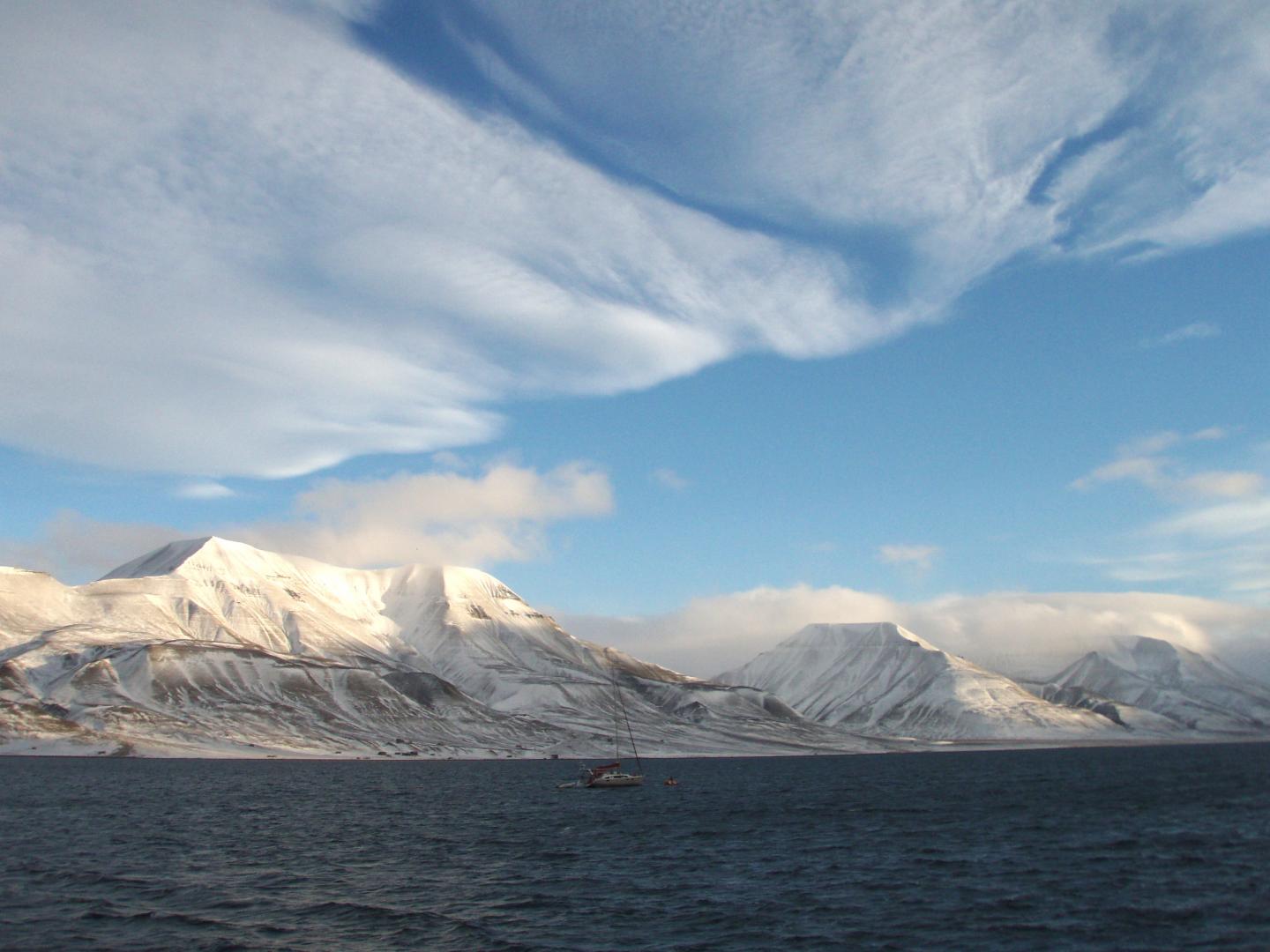
Geologist identifies new source of methane for gas hydrates in Arctic
Research led by a University of New Hampshire professor has identified a new source of methane for gas hydrates — ice-like substances found in sediment that trap methane within the […]
-
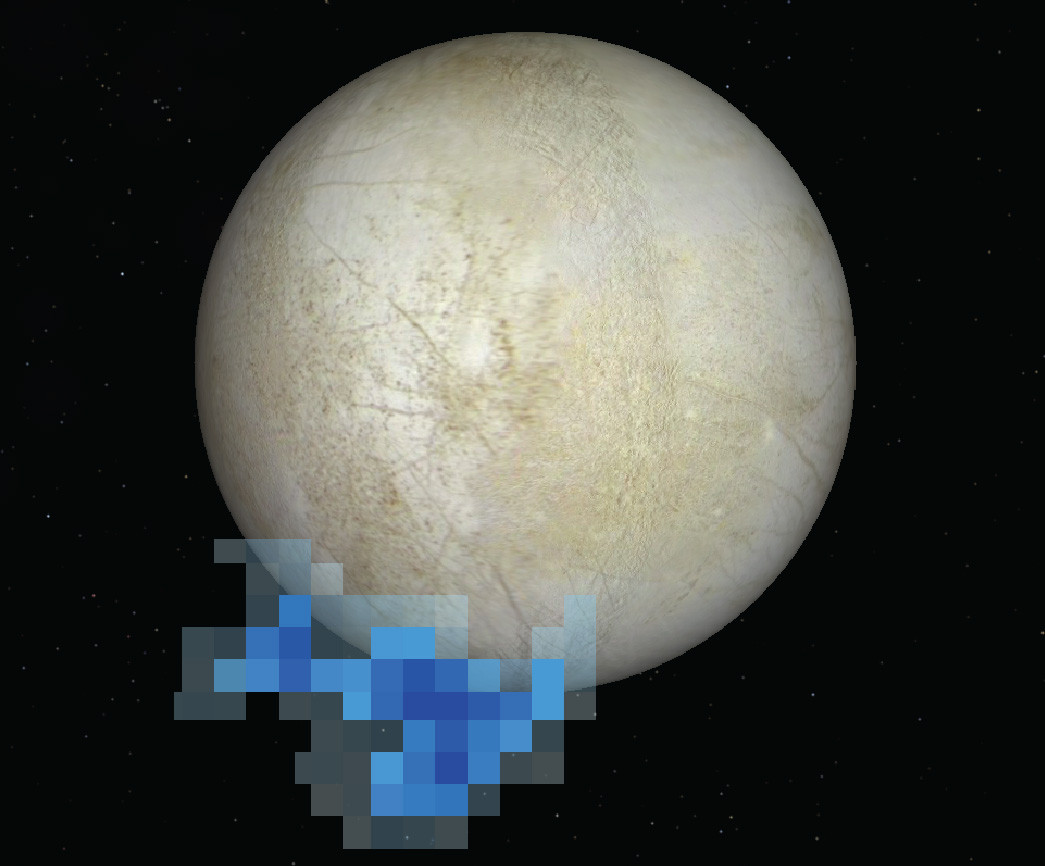
Europa’s Elusive Water Plume Paints Grim Picture For Life
A new paper reveals that Europa’s atmosphere is 100 times less abundant than claims in previous publications, and composed mainly of atomic rather than molecular oxygen.
-

Double Impact Crater in Canada Formed in Two Separate Impacts
An asteroid smashing into a planet can dramatically alter the planet’s habitability by setting back evolution or even encouraging biodiversity. In order to understand how cosmic impacts influence life and […]
-

NASA Ames Reproduces the Building Blocks of Life in Laboratory
NASA scientists studying the origin of life have reproduced uracil, cytosine, and thymine, three key components of our hereditary material, in the laboratory. They discovered that an ice sample containing […]
